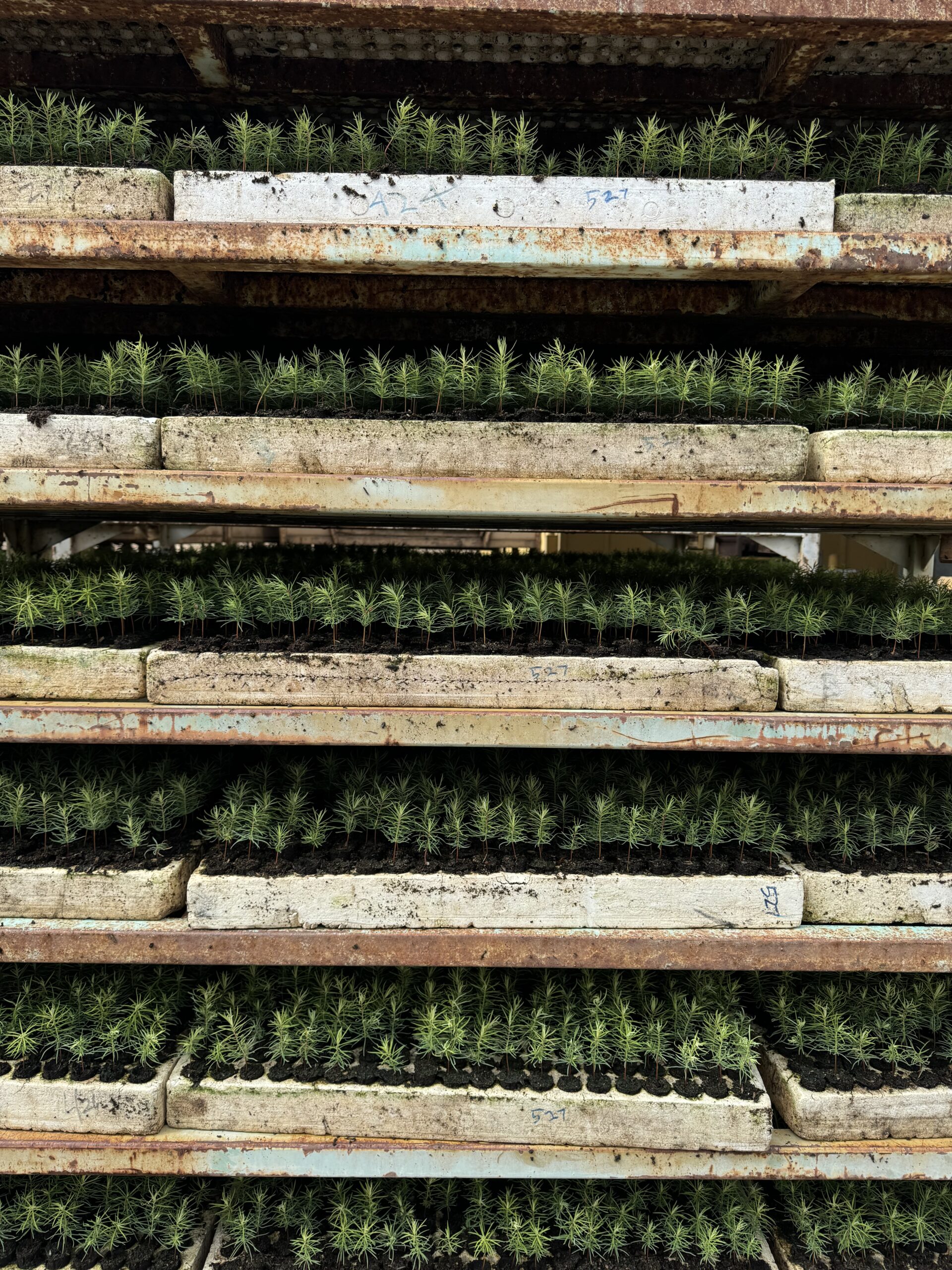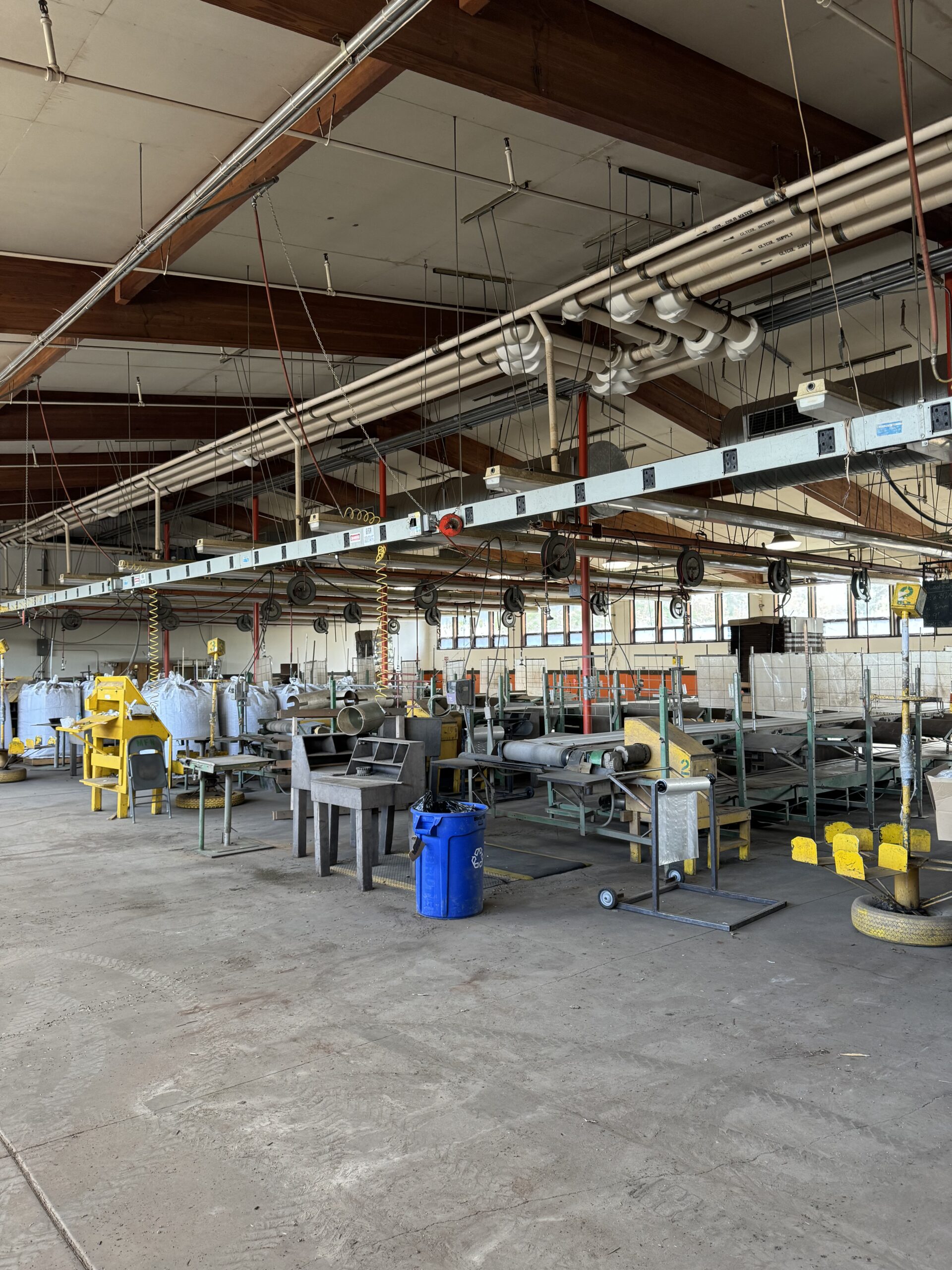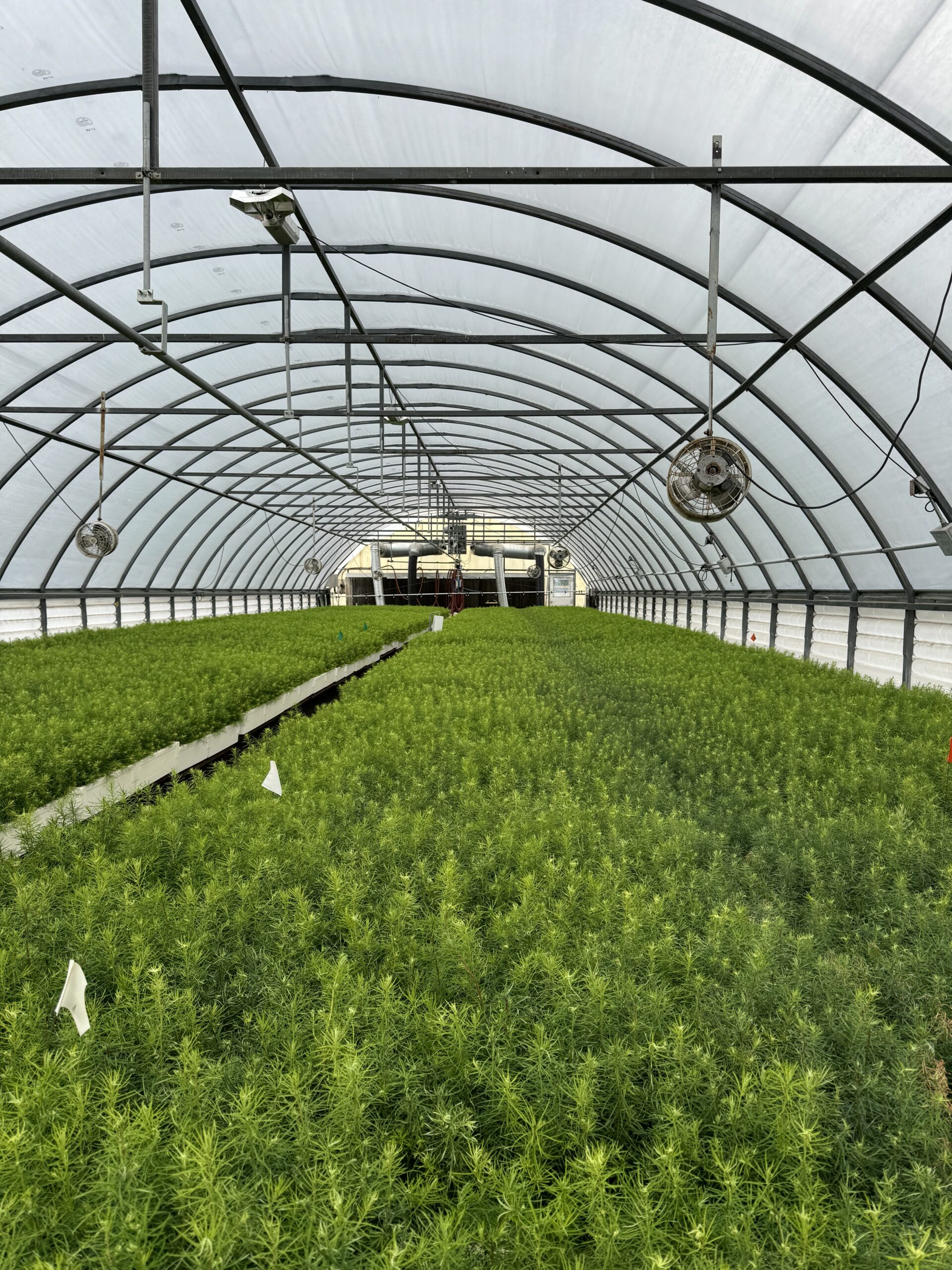One really unique thing about internships is that you are often given the opportunity to work with different departments or visit another office in order to learn more about the organization as a whole. A couple of weeks ago, I was lucky enough to be able to visit the USFS J. Herbert Stone Nursery in Medford, OR. What started as a quick trip to pick up a seed mix for post fire recovery turned into a full facility tour.

The nursery is technically within the Roque-River Siskiyou National Forest, but it serves public lands across Oregon, Washington, and Northern California. It provides seed storage and propagation for USFS, BLM, DOD, and more. We were able to walk through the storage rooms where they had large garage doors that opened with a pull of a string from the ceiling (very cartoony of them). The freezers were massive and very cold. To our left were row after row of boxed seed waiting to be pulled out and sown. I even spotted seed from my home forest, the Umpqua National Forest!

We then made it out to the fields. This 300 plus acre facility takes the source-identified wild seed collections and grows them out to increase overall yield. Since it was so late in the season, not much was growing in the field. We did get to see some Penstemon species that requires two years to flower, but otherwise, we just took in the size of the plots.

Finally, we made it out to the greenhouses. The greenhouses are used mostly for tree seedlings, an important thing to have on hand for national forests with increasing wildfire activity. It contained rows-and-rows of Douglas firs, incense cedars, mountain hemlocks, and white bark pine. We learned how different places want different qualities in their seedlings. Some want really big and tall seedlings and others shorter but with thick stems. These desires lead to different propagation methods. Some lots grow for two whole years in the greenhouses, while others spend those two years completely outside in the field, and then others spend time in both conditions.

One final unique thing we got to see was a collection of gum trees that had been to space. In 2022, NASA sent a collection of trees including Douglas Firs from right here in Oregon, Giant Sequoia, Sweetgum trees, and American Sycamore. As seeds, they rode along the Artemis 1 mission to circle the moon. Since coming back to Earth, the seeds were germinated to test if there were any effects from being in space. As a participant in this project J. Herbert Stone nursery may have sent up Douglas Fir seeds but was given Sweetgum seeds in return. Now a couple years old, these trees are doing fantastic. They are a couple feet tall with many large leaves. It was hard to fathom that these trees were once in space!
Emma Landenberger
Umpqua National Forest
